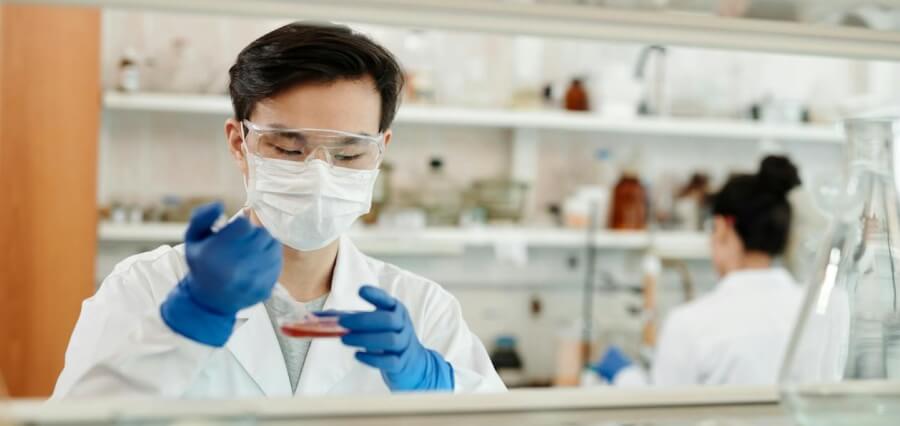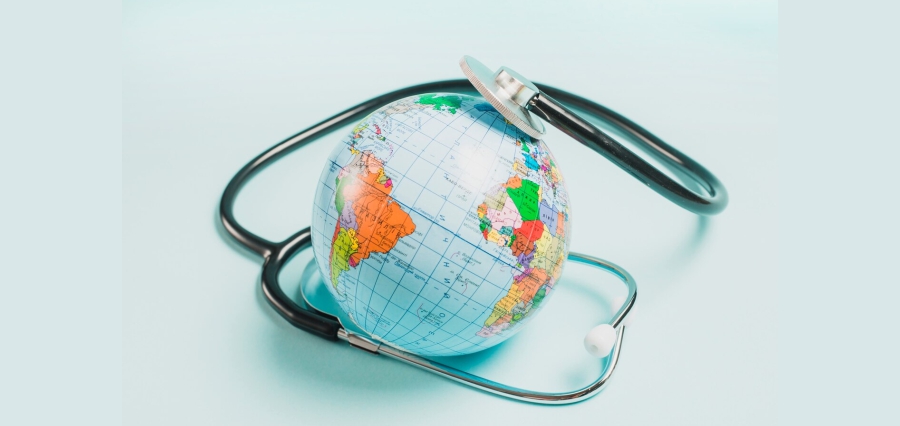A Global Pursuit of New Medical Frontiers
A fascinating and transforming journey is taking place in modern medicine. It’s a journey that will fundamentally alter how we think about healthcare and healing by fusing the artistic sensibilities of engineering with scientific precision. The global pursuit of tissue regeneration and bioengineering is characterized by creativity, empathy, and optimism.
Imagine a world in which crippling injuries can be healed, damaged organs can be rebuilt, and chronic illnesses can be cured with healthy tissue that has grown back. This vision is starting to come true and is no longer limited to science fiction. At the front of this change are tissue regeneration and bioengineering, which promise improved outcomes for millions of patients globally.
The Marvels of Bioengineering
The multidisciplinary area of bioengineering blends engineering, materials science, and biology to produce cutting-edge medical solutions. It has several uses, ranging from the creation of artificial organs and tissues to prostheses and medical gadgets. The global pursuit of bioengineering is redefining the limits of what is feasible in medicine.
One of the most awe-inspiring aspects of bioengineering is its potential to eliminate the shortage of organ donors. Scientists are working on creating bioartificial organs that can be transplanted into patients, reducing the waiting time and the risk of organ rejection. For example, researchers are developing lab-grown hearts, kidneys, and skin, offering hope to those needing life-saving transplants.
The field of bioengineering has brought about incredible advances in prosthetics. Bionic limbs equipped with advanced sensors and neural interfaces allow amputees to regain not only their mobility but also their sense of touch and control. These innovations are transforming the lives of patients who have lost limbs due to accidents or medical conditions.
Bioengineers are developing sophisticated drug delivery systems that can precisely target diseases at the molecular level. Nanotechnology and biocompatible materials are used to create intelligent drug carriers that can release medications at the right time and place, minimizing side effects and maximizing effectiveness.
The Promise of Tissue Regeneration
Tissue regeneration, a subset of bioengineering, is revolutionizing the way we approach the repair and replacement of damaged or lost tissue. Rather than relying solely on transplants or artificial materials, tissue regeneration stimulates the body’s natural healing processes, allowing it to heal itself. This approach offers numerous advantages, including reduced risk of rejection, increased affordability, and a reduced demand for donor organs.
Stem cells, with their remarkable ability to transform into various cell types, are at the forefront of regenerative medicine. Researchers are using stem cells to repair damaged tissues and organs, offering hope to patients suffering from conditions such as spinal cord injuries, diabetes, and heart disease. The global collaboration among scientists is accelerating the development of stem cell therapies that are safe and effective.
The field of tissue regeneration now offers unique possibilities because of the idea of 3D bioprinting. Researchers are creating complex structures, including organs, with 3D printers loaded with living cells. Although the technology is still in its infancy, it has the potential to provide patients with functional, customized organs to replace diseased or damaged ones.
Internal organs are not the only tissues that may regenerate. It is also essential for skin renewal and wound healing. Innovative bandages and wound dressings that encourage the body’s natural healing processes are being developed by researchers, which will lessen scarring and hasten recovery.
Global Collaborations and Breakthroughs
The pursuit of bioengineering and tissue regeneration is a truly global effort, with researchers, institutions, and organizations worldwide collaborating to push the boundaries of medical science. This collaborative spirit has led to numerous breakthroughs and advancements that benefit humanity.
Stem cell research is a prime example of global collaboration. Scientists from diverse countries work together to advance the understanding of stem cells and their potential applications. International standards and protocols are established To guarantee the moral and secure application of stem cells in medical treatments.
The field of 3D bioprinting benefits from open-source collaborations, where scientists freely share their research and blueprints. This open exchange of information accelerates progress and allows researchers worldwide to build on each other’s work.
International organizations and research groups are dedicated to advancing the field of organ regeneration. These initiatives facilitate the sharing of knowledge and resources, promoting a sense of shared responsibility in the quest to address the shortage of donor organs.
A Positive Impact on Lives
The global pursuit of bioengineering and tissue regeneration is not just about scientific advancements; it’s about transforming lives. The positive impact of these innovations is profound, and it touches individuals and communities worldwide in various ways.
Bioengineered prosthetics and organ replacements are restoring independence and improving the quality of life for countless individuals. People who once faced limitations due to disabilities or medical conditions are now gaining newfound freedom and opportunities.
Tissue regeneration can reduce the financial burden on healthcare systems and patients. By reducing the need for lifelong treatments or multiple surgeries, it offers a more cost-effective and sustainable approach to healthcare.
These innovations are not confined to affluent nations; they are being made accessible to people in developing regions as well. International collaborations and initiatives aim to make these treatments available to everyone, regardless of their economic background.
The sense of hope that bioengineering and tissue regeneration offer is arguably the most significant influence. There is now cause for hope for patients dealing with life-threatening illnesses, impairments, and chronic illnesses in the future. The advancements in this area inspire hope and fortitude in the face of difficulty.
Conclusion
The global pursuit of bioengineering and tissue regeneration is a testament to human innovation, compassion, and the unyielding spirit of progress. It is redefining the boundaries of medical science, promising a future where we can repair, restore, and rejuvenate the human body in ways previously thought impossible.
As advancements are witnessed, it is crucial to appreciate the collaborative nature of this endeavor. The positive impact on lives, the reduction of healthcare costs, and the empowerment of individuals to regain their independence are all milestones on this incredible journey. The pursuit of bioengineering and tissue regeneration is not just a scientific quest; it’s a journey of healing, hope, and celebrating human potential on a global scale.








